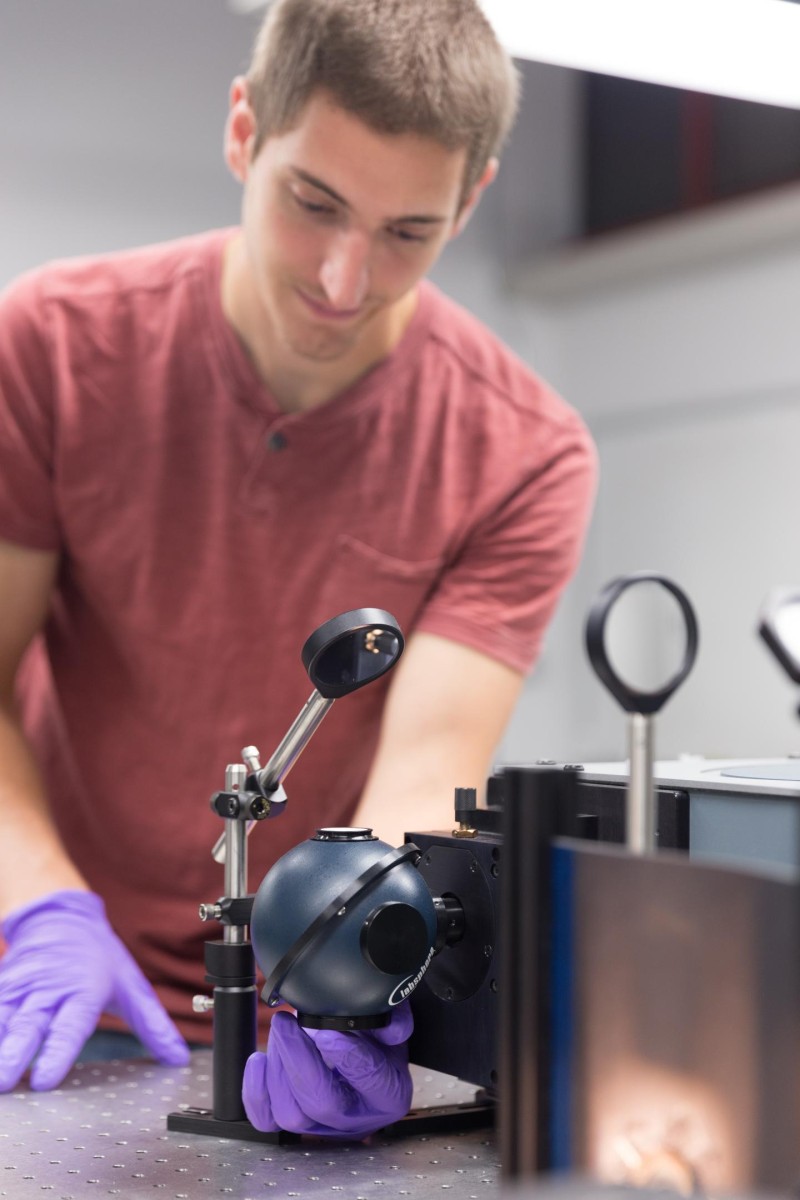
New solar power material converts 90 percent of captured light into heat
A multidisciplinary engineering team at the University of California, San Diego developed a new nanoparticle-based material for concentrating solar power plants designed to absorb and convert to heat more than 90 percent of the sunlight it captures. The new material can also withstand temperatures greater than 700 degrees Celsius and survive many years outdoors in spite of exposure to air and humidity. Their work, funded by the U.S. Department of Energy’s SunShot program, was published recently in two separate articles in the journal Nano Energy.
By contrast, current solar absorber material functions at lower temperatures and needs to be overhauled almost every year for high temperature operations.
“We wanted to create a material that absorbs sunlight that doesn’t let any of it escape. We want the black hole of sunlight,” said Sungho Jin, a professor in the department of Mechanical and Aerospace Engineering at UC San Diego Jacobs School of Engineering. Jin, along with professor Zhaowei Liu of the department of Electrical and Computer Engineering, and Mechanical Engineering professor Renkun Chen, developed the Silicon boride-coated nanoshell material. They are all experts in functional materials engineering.
The novel material features a “multiscale” surface created by using particles of many sizes ranging from 10 nanometers to 10 micrometers. The multiscale structures can trap and absorb light which contributes to the material’s high efficiency when operated at higher temperatures.